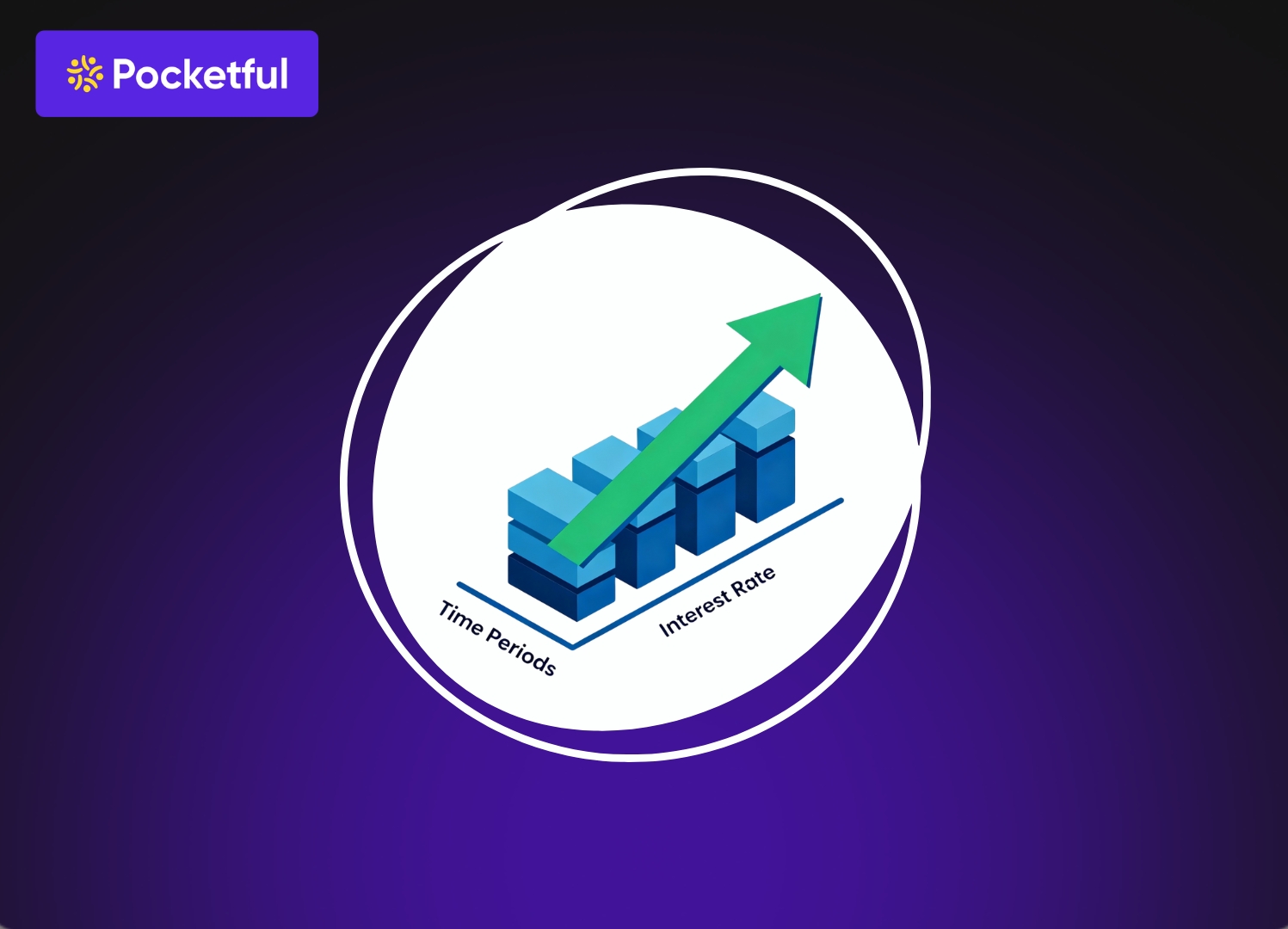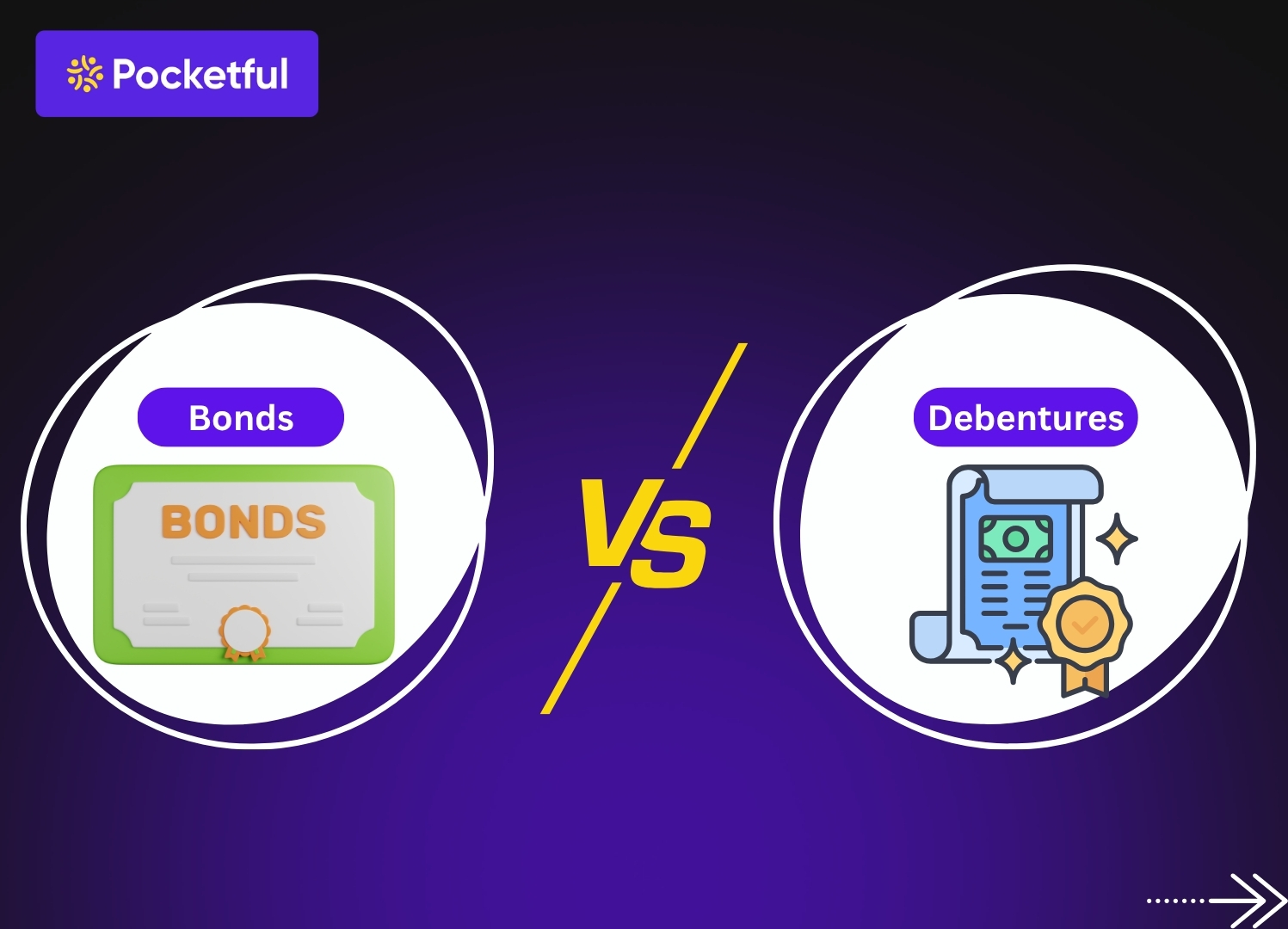Imagine a store where you can walk in with a free mind and pick up anything you want without even worrying much about your bank balance. Yes you have heard this right and millions of Indians are even purchasing from this fashion brand called ZUDIO. This is a fashion brand backed by the TATA group which sells trendy clothes at unbelievably low prices. This fashion brand came out to be a huge hit among the young people and families in tier 2 & tier 3 cities where a prominent fashion brand was missing to cater the audience.
Within a short span of time Zudio became a hit across the cities with its main focus on the offline stores and you must be curious how did all this happen so today in this blog we will look at the Zudio case study and break it down so that we can understand the Business model of Zudio, the marketing strategy of Zudio that led to the exponential growth of its offline stores and even the financial analysis of Zudio that is making it rise among the other brands in the city. And at last we will be doing a SWOT analysis of Zudio showing you the evolving fashion sensation.
Company Overview
Zudio started with introducing a small section of clothes inside Star Bazaar (a supermarket owned by TATA Group) as an experiment to look for the customers’ sentiments. This experiment turned out to be positive and in 2016 the first ever standalone Zudio store was opened in Bangalore. This was the official start of Zudio as a separate brand, ready to make its own mark in the fashion world.
Zudio is owned by a company called Trent Limited which is part of the TATA Group and it’s the same company that runs the popular clothing store, Westside. This connection to Tata and Trent helped Zudio in two ways: first the trust of customers for TATA group and secondly the experience that Trent had already learnt from running Westside for about 20 years, made it an experienced market player. All this helped Zudio in avoiding common mistakes that new companies make, allowing it to grow much faster.
Mission and Vision
Zudio’s has one simple mission, to make trendy fashion available to everyone at affordable prices. The brand wanted to cater to anyone that wants to look fashionable on an affordable shopping budget, which includes college students with limited pocket money, young professionals starting their careers, and families looking for good value.
Target Audience
Zudio knew exactly who it wanted to sell to as their main focus is on people between the ages of 18 and 35. Talking about the geographic location of the brand, it is mainly located in Tier-2 and Tier-3 cities where 80% of India’s youth population is residing that does not have direct access to the trendy clothes physically.
Read Also: Zara Case Study: Business Model and Pricing Strategies
The Zudio Business Model
The ‘AAA’ Value Proposition
Zudio has a strategy that can be categorized under the “AAA Formula” meaning Accessibility that is easy to locate stores, affordability which can be seen in its low priced articles and attractive products keeping the trendy clothes available for the masses, The brand offers fast-fashion collections updated every 2–3 weeks, inspired by international trends.
Product and Pricing Strategy
- In-House Brands Only: Zudio stores do not have other brands, rather they create and sell their own products under the same brand name with Zudio’s private labels. This gives the company full control over the clothes design, quality and mainly the price of the articles.
- Attractive Pricing: Every article available in the company’s store is available under Rs.999 making it most attractive amongst the customers. Buyers can find T-shirts as low as Rs.199, with these low prices shopping becomes very easy and customers build trust as all the pricing are clear without any confusing discounts or hidden charges.
- Up-to-date Fashion: The company keeps the stock up to date as it follows the fast-fashion model where Zudio continuously changes its collections updated every 2–3 weeks by bringing new trendy clothes as per the ongoing fashion allowing the customers to have a variety of choices.
Retail and Distribution Strategy
- The Offline store: In the rapidly increasing digital presence where every brand wants to sell online Zudio sticks to the offline mode with its physical stores and this is the main part of the strategy. This saves the brand from high costs of delivery and even return of the articles, with physical stores the brand brings the customer to the stores where they see and end up buying more than what they have planned for.
- Strategized Store Locations: The brand strategically uses the data and looks for areas that have a good population that is residing, working or studying there. You might have witnessed that the stores are located in highly populated Tier 2 markets than in some posh location with low population density. As the company aims at having at least 2,000 target customers in every 3 kilometer radius to reach its target.
- The FOCO Model: Zudio works on an easy franchise model called FOCO, which stands for Franchise-Owned, Company-Operated. In this a person (investor or the franchisee) pays about Rs. 1.5 – 4 crore in setting up the entire store and the company (Zudio) takes over and does everything from managing, running and even the staff selling the products.
This model helps in the rapid growth of the brand, as Zudio does not spend its own money in opening the stores which saves the money and investing more in keeping the products priced low. Also the brand word-of-mouth game is very strong resulting in high sales making the stores profitable and this attracts more investors to invest in its franchise model.
Supply Chain and Revenue Model
The clothes are designed in house by the brand and made in large quantities by different manufacturers which keeps the manufacturing cost very low. And the continuous updating of collections makes the clothes sell quickly. Zudio also has a very low unsold clothes stock and focuses on generating the whole revenue from selling a large volume of products.
Read also: Nike Case Study: Business Model & Marketing Strategy
Marketing Strategy of Zudio
The most surprising thing about this brand is that it spends very little on its advertising, you won’t notice their billboards or ads on TV.
Store Advertisement
Zudio’s main investment is its stores that are minimalistically built in clean large spaces with good lighting. This gives a more fine shopping experience to the customers which overwhelms them and helps in a positive outlay of the store, giving them a positive view about the physical store.
Word-of-Mouth
Due to the pricing and quality of the article the buyers help in offline marketing using the word-of-mouth technique, this plays a proactive role in the advertisement of the brand. The satisfied customers naturally tell their friends and families about the great deals that they have found in Zudio stores which helps in creating a powerful and trustworthy marketing channel of recurring customers.
User-Generated Content (UGC)
The brand does not run their own social media campaigns but the customers turns out to be the real marketer of the brand as all the new customers show their new clothes on social media and even platforms like Instagram and Youtube have multiple content creators that post “Zudio Haul” videos showing all their new purchases. Due to this the content becomes a free and authentic advertisement for Zudio which reaches the social media of millions of users making them into new potential customers.
Financial Analysis of Zudio
Overview of Trent Limited’s Performance
The parent company of the brand Zudio is “Trent Limited” whose total revenue can be seen rapidly increasing which has reached up till Rs.12,375 Cr . in Financial year 2024 and has jumped to Rs.17,134 Cr representing a growth of around 38.5% YoY. in Financial year 2025, making it amongst one of the top performing companies in India.
Zudio as the Growth Engine
Zudio is one of the main growth drivers of Trent in the financial year 2025, Zudio’s revenue crossed the massive milestone of $1 billion, which is about Rs.8,600 crore.
In the year 2020 Zudio’s share in the total revenue of Trent was about 16%, by 2024 the share reached up to 56% and for the upcoming years the expected growth is about 66% by the year 2026.
Store Expansion & Sales Growth
Starting from the year 2021 Zudio has seen an exponential growth in its store expansion where in FY2021 232 stores were there, in FY2024 it rose up to 545 stores and as per March 2025 there are almost 765 Zudio stores across 235 cities across the country. This rapid expansion of physical stores became one of the reasons for its incredible sales growth.
Profitability & Cost Structure
Zudio’s business model is extremely efficient. The brand earns around Rs.18,000 per square foot of retail space, which is much higher than the industry average of Rs.8,000 – Rs.12,000.
It maintains low costs by not spending on ads, having an efficient supply chain, and using the capital-light FOCO model for expansion. While the profit margin on each item is not very high, the company makes healthy profits because it sells in such huge volumes.
Read Also: Adidas Case Study: Business Model and Pricing Strategies
SWOT Analysis of Zudio
Now we will be doing the SWOT analysis of Zudio where we will be looking at the A Strengths, Weaknesses, Opportunities, and Threats of the company.
| FACTOR | ANALYSIS |
|---|---|
| Strengths | The company has a strong backing from the TATA Group which provides instant trust to the customers, also the company has financial stability and years of retail experience. Zudio has items that are mostly priced below Rs.999 which attracts a large chunk of population resulting in higher sales. Zudio has an efficient business model where the combination of fast fashion, in-house brands, and FOCO franchise model has made the brand grow exponentially. |
| Weaknesses | 1. Rapidly increasing customer base sometimes become a burden on the store and customers face long queues for billing or trial, affecting their store experience. 2. The challenge to keep the prices low sometimes affects the quality of the article and customers have even complained about the fading or shrinking clothes after a wash. 3. Zero online presence can be one of the greatest weaknesses as the whole population is rapidly Online and shifting towards the shopping methods. |
| Opportunities | Overseas store expansion, with its stores launched in Dubai it should look for expansion across other countries as well. Zudio shall look for new opportunities in areas like plus-size clothing or sportswear to make it reach among each and every interested buyer.Zudio can transform itself by giving services like “click and collect” where online displayed articles can be directly ordered and then collected from the nearest store, saving delivery costs for the company. |
| Threats | Rising competition as the affordable clothes market is getting new big players like Reliance that has launched a competing brand named Yousta which follows the Zudio model also other emerging brands like Max Fashion are some of the strong competitors. Due to rising store numbers the brand can have competition amongst each other. The environmental factors and shift towards a global sustainability can be a major threat as the buyers are getting aware about the consequences that the environment faces due to fast fashion. |
Read Also: Flipkart Case Study- Business Model and Marketing Strategy
Conclusion
Zudio has truly changed the game in Indian fashion retail. Its success comes from a perfect mix of Tata’s trust, a sharp focus on customers in smaller towns, a super-efficient business model, and a marketing strategy that cleverly turns shoppers into brand promoters.
It has proven that a brand can become a multi-crore empire without spending heavily on traditional advertising. However, the journey ahead will have its own challenges. Zudio’s next chapter will be all about how it handles the challenges of being so big, fights off powerful rivals like Reliance, and keeps up with what Indian shoppers want next, which might just be better quality and clothes that are kinder to the planet.
Frequently Asked Questions (FAQs)
Which company owns Zudio?
Zudio is owned by Trent Limited, which is the retail company of the Tata Group.
What is Zudio’s business model?
Zudio uses a fast-fashion model where the brand sells its own affordable, trendy clothes in its physical stores.
How is Zudio producing such low costing products?
The brand designs its own articles and then gets the clothes manufactured from manufacturers in large quantities which helps them in keeping the price low.
Why is Zudio not available online?
The brand concept revolves around physical stores that give a consistent experience to the customers and customers even end up buying more than what they had initially planned for also the Zudio avoids the high costs attached to the online sales and returns.
Who are Zudio’s main competitors?
Zudio’s biggest competitors in the affordable fashion market in India include Reliance’s Yousta, Max Fashion, and Pantaloons.










